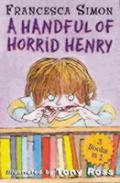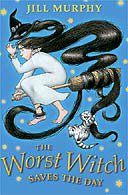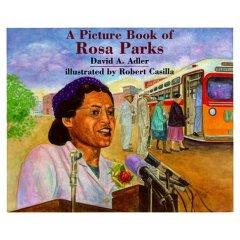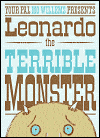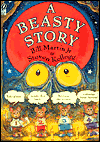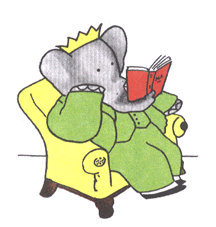 Permanent Rose
Permanent RoseOkay, so I'm a little late to this book, the Casson family, and
Hilary McKay in general. (Tasha at
KidsLit, for example, reviewed Permanent Rose
in June.)
I still wanted to write about it, though, because it is such an interesting, unusual read. And not just for its characters who are, indeed, unusual. This summer at the Casson household there are a lot of people home. Artist mom, Eve, heads up the household, though the kids are mostly left to their own devices. Eldest daughter Caddy (Cadmium) is home and tenuously engaged to be married to Michael, your standard nice-but-maybe-too-nice guy. Sister-cousin Saffron (Saffy) is on a mission. She wants to find out who her real dad is (mom was Eve's sister), while at the same time developing a "heart of stone." Indigo, the only brother of the crew, hangs out reading
L'Mort D'Artur, sometimes aloud to Rose. Others join the family as well—Michael, the fiancé, Saffy's best friend, Sarah, and David, an out-of-place boy entranced by the Casson family.
But people have left the Casson household as well. Dad has absconded to London and is living with his glitzy artist career and new girlfriend, Samantha. And, Rose grieves over her friend, Tom, who had to return to the United States suddenly. He hasn't called nor written and Rose is concerned.
What I really loved about this book is that the world is presented from Rose's nine-year-old point of view. Tom's lack of communication is far more significant to Rose than her dad's new girlfriend or the identity of Saffy's father. The fact that a friend has not called worries her much more than her father's many failings.
Friendship is the central theme of
Permanent Rose in the end. Indigo's reading of
The Death of King Arthur, emphasizes to Rose the importance of friendship and to what lengths friends will go to support one another. Sarah's friendship with Saffy is shown to be a special bond—a warm, giving, true friendship. And Rose learns to accept the sweaty, awkward, out-of-place David because he tries his very best (and finally succeeds) to be a good friend.

